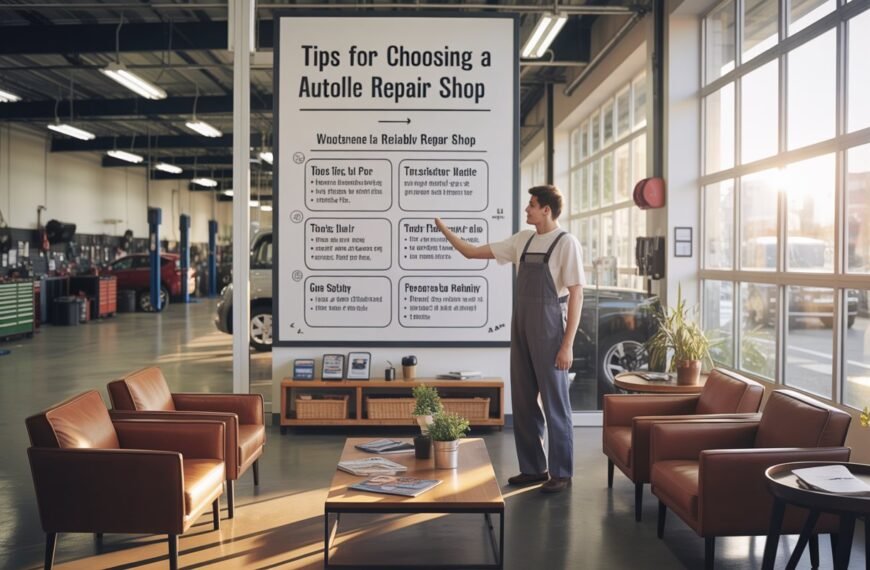Key Takeaways
- Sunglasses shield eyes from harmful UV rays, lowering the risk of eye diseases and conditions related to sun exposure.
- Consistent, year-round use of sunglasses is necessary, as UV radiation can affect vision even on cloudy or cold days.
- Modern eyewear combines style and function, so protecting eye health can fit seamlessly with personal taste.
- Sunglasses’ proper fit, quality, and care are crucial for the best long-term protection and comfort.
The Surprising Risks of Sun Exposure to the Eyes
Applying sunscreen before stepping outside is a habit for most people, but far fewer recognize that their eyes are just as vulnerable to the sun as their skin. Short-term exposure to intense sunlight can lead to conditions like photokeratitis—a kind of sunburn for the eyes—while years of unprotected sun exposure can add up to serious complications, including cataracts, which cloud the eye’s lens and cause blindness worldwide. According to the World Health Organization, about 20% of all cataract cases are attributed to UV radiation. These dangers are not limited to tropical beaches or sunny regions; they are present wherever the UV index is elevated, even in winter or at high altitudes where the sun’s rays are more aggressive.
Wearing protective sunglasses daily reduces the risk of developing these problems by blocking harsh UV rays before they can penetrate the eye’s outer surface. This simple step is made even easier when you know where to shop for reputable brands and discounted deals, such as those often found through trusted resources like https://www.retailmenot.com/view/ray-ban.com. What’s frequently overlooked is that overcast days don’t necessarily mean lower risk: up to 80% of UV rays pass right through clouds, and surfaces like snow, sand, and water can reflect and intensify exposure, making diligent eye protection a daily priority no matter the season. Fortunately, incorporating eye protection into your everyday routine is as effortless as grabbing your favorite pair of UV-blocking sunglasses before heading out. With consistent use, you’re preserving your long-term vision and taking a proactive step toward overall eye health, which pays off for years to come.
Year-Round Benefits of Wearing Sunglasses
The misconception that sunglasses are reserved solely for summer days at the beach leaves many people unprotected when they need it most. In reality, eyes are susceptible to sun damage in various weather conditions and locations. During winter, snow reflects as much as 80% of the UV radiation, dramatically increasing the threat to eye health. That’s why winter sports enthusiasts—skiers, snowboarders, and mountaineers—rarely head outdoors without tinted lenses. But the risks aren’t exclusive to athletes. Daily commutes, walks, and errands in any bright environment present opportunities for exposure. Clouds offer minimal protection; UVA and UVB rays penetrate clouds. The cumulative toll of Ophthalmology emphasizes the importance of wearing sunglasses throughout the year, even when it feels unnecessary. Early eye protection is especially vital for children, whose youthful lenses are more transparent and less able to filter damaging rays. With regular use, sunglasses can reduce the cumulative toll UV rays take on vision and offer immediate relief from glare and discomfort.
The Link Between Sunglasses and Eye Disease Prevention
Scientific studies continuously reinforce the connection between UV exposure and the increased risk of eye diseases. In addition to cataracts, conditions such as pterygium (abnormal growth on the eye’s surface) and blocking (a leading cause of age-related vision loss) are closely tied to prolonged sun exposure. Short-term flare-ups like photokeratitis or corneal sunburn are common after days spent outdoors without sufficient protection.
The Centers for Disease Control and Prevention (CDC) strongly recommends using sunglasses that block 99% to 100% of both UVA and UVB rays. Many brands publicly display their UV ratings, making it easier to choose confidence over guesswork. Protecting your eyes consistently isn’t just about comfort— it’s a science-backed approach to reducing the odds of significant vision problems, which can develop slowly and affect quality of life in later years.
Choosing Sunglasses: What Matters Most?
- UV Protection: Always check for stickers or tags reading “UV400” or “100% UV protection.” It’s important to note that the color or tint of the lens doesn’t naturally equate to adequate protection—clear lenses with the correct treatments can protect as well as dark ones.
- Lens Color: The best lens color depends on your activities. Gray lenses are neutral and reduce brightness, brown improves contrast, and amber can sharpen vision in hazy or variable light. The primary focus, however, should be on UV rating, not color.
- Polarization: Polarized lenses filter out horizontal glare, which is crucial for driving, boating, and spending time on reflective surfaces. This improves safety and reduces fatigue, but it doesn’t always indicate UV protection, so check for both features.
- Fit: Sunglasses that wrap around and sit close to the face help block peripheral light, dust, and wind. A snug but comfortable fit ensures the entire eye is shielded, which is especially important for children and outdoor enthusiasts.
Choosing the best sunglasses often begins with exploring well-known retailers that offer detailed product descriptions and easy-to-use comparison tools, making it more straightforward to find the right balance of UV protection, comfort, and personal style. If you’re uncertain about what suits your eyes best, don’t hesitate to consult eye care professionals—they can offer personalized recommendations based on your lifestyle and vision needs.
Style and Performance: It’s Not Just About Looks
The current market ensures that no one has to choose between optimal eye health and personal flair. From classic aviators to futuristic shields, performance frames, and retro oversized lenses, there’s a look and fit for everyone. Brands now prioritize both the safety and aesthetics of their designs, offering options that people want to wear every day. This is particularly important since consistent use is the key to long-term eye health—sunglasses that look and feel good are more likely to become part of your daily routine, rain or shine.
Contemporary options include adaptability for prescription wearers and special-use cases like mirrored sunglasses, transition lenses, or impact-resistant sports designs. These innovations ensure that protection is accessible for every body type and lifestyle, whether running city errands or mountain climbing at high elevations.
Common Myths About Sunglasses
- “Expensive Means Safer.” Contrary to widespread assumption, sunglasses don’t need to be expensive to offer top-notch UV protection. Lower-cost models can be just as effective if properly certified.
- “Dark Tint Equals More Protection fosters healthy habits and can’t UV filtration, but without specific UV treatments, dark lenses might do more harm than good by causing pupils to dilate, which lets in more harmful rays.
- “Kids Don’t Need Sunglasses.” Children’s eyes are physiologically more susceptible to light damage. Early adoption of sunglasses not only fosters healthy habits but can also prevent serious eye problems later in life.
Verifying the specific UV protection rating—regardless of price, style, or lens color—is always the best line of defense.
Sunglasses and Outdoor Activities: More Than Just a Summer Accessory
Anyone who enjoys the outdoors—whether hiking, fishing, biking, playing sports, or just driving to work—benefits from quality sunglasses. Glare from water, snow, roads, and concrete can cause squinting and visual discomfort, contributing to eye fatigue and distraction. The right lens can help manage these harsh light conditions and even improve your ability to see terrain contours and adjust to changing sunlight, giving you a real advantage during activities like mountain biking, skiing, or golfing.
Beyond direct sunlight, sunglasses provide a barrier against dust, debris, and wind. For city dwellers, they help fend off pollutants or allergens, and outdoor workers or athletes allow for safer and more precise vision in unpredictable conditions. Well-chosen sunglasses, used consistently, elevate safety and enjoyment in everyday pursuits.
Maintaining Sunglasses for Lasting Eye Protection
To keep sunglasses performing at their best, proper maintenance is non-negotiable. Lenses should be cleaned frequently but carefully, using microfiber cloths and cleaning solutions designed for optics—paper towels and rough fabrics can scratch delicate coatings. Storing sunglasses in a protective case rather than tossing them in pockets, bags, or vehicles decreases the risk of accidental damage. High temperatures, like those in a hot car, can warp frames and damage lens treatments, so sunglasses should be kept out of direct heat when not in use. This regular care preserves the fit and clarity of vision, extending the useful life of your shades for many seasons.
Final Thoughts: Invest in Your Eye Health
Sunglasses have evolved into an essential accessory for daily living, far beyond simple summertime fashion. Backed by medical research and promoted by eye health professionals, the daily use of sunglasses at every age is crucial for preventing easily avoidable sight problems. By focusing on protection, fit, and style, everyone can make this preventative health habit a natural part of their routine. Healthy vision allows for more enjoyment in every aspect of life, so making sunglasses part of your year-round essentials is a bright and lasting choice.








